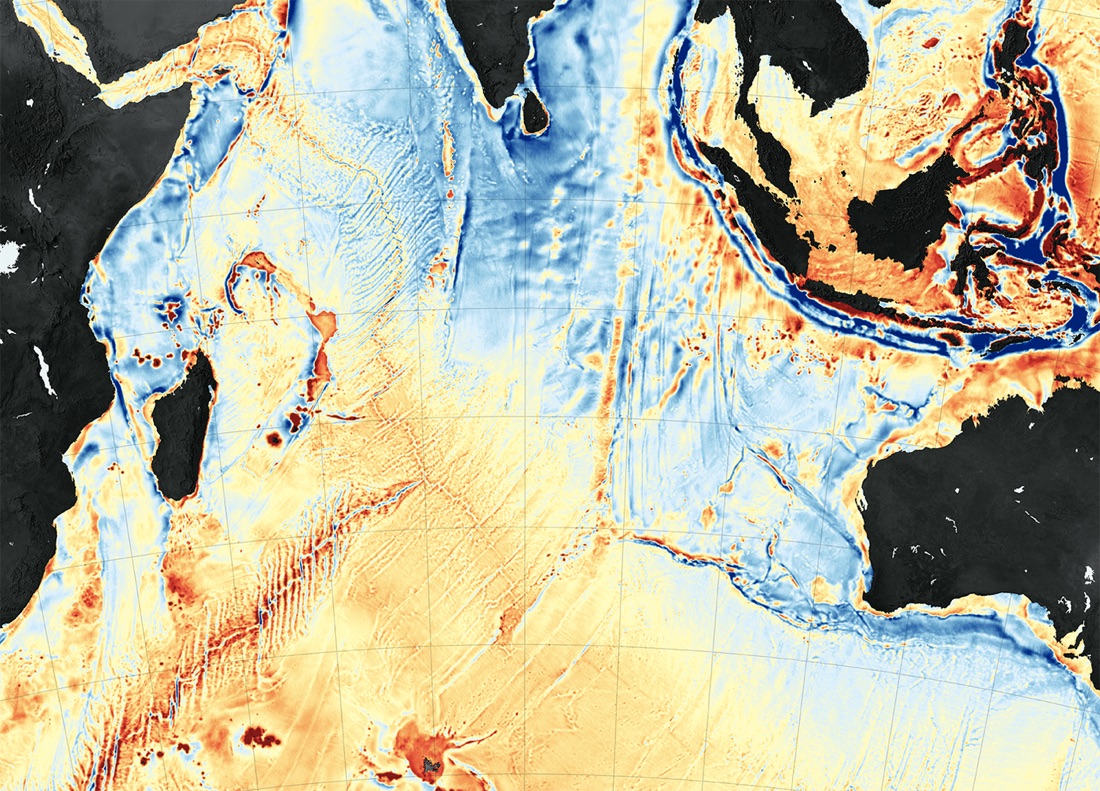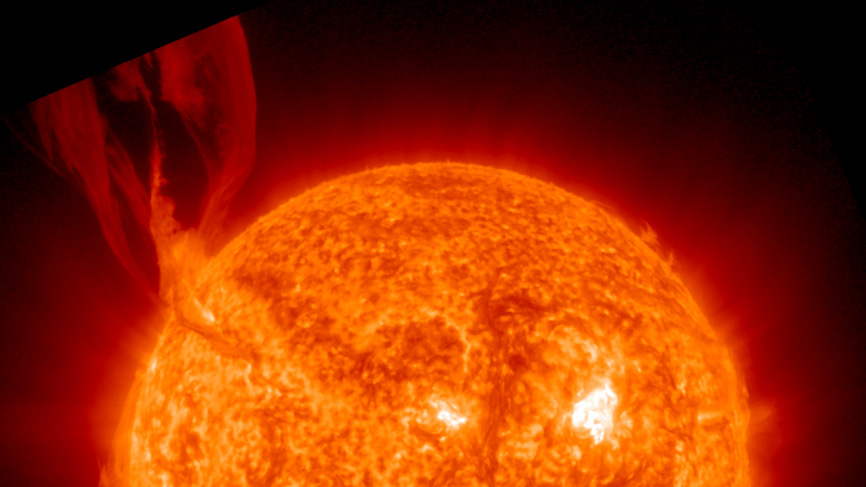The Bottom of the Ocean Is Sinking

The bottom of the ocean is more of a "sunken place" than it used to be.
In recent decades, melting ice sheets and glaciers driven by climate change are swelling Earth's oceans. And along with all that water comes an unexpected consequence — the weight of the additional liquid is pressing down on the seafloor, causing it to sink.
Consequently, measurements and predictions of sea-level rise may have been incorrect since 1993, underestimating the growing volume of water in the oceans due to the receding bottom, according to a new study. [7 Ways the Earth Changes in the Blink of an Eye]
Scientists have long known that Earth's crust, or outer layer, is elastic: Earlier research revealed how Earth's surface warps in response to tidal movements that redistribute masses of water; and 2017's Hurricane Harvey dumped so much water on Texas that the ground dropped 0.8 inches (2 centimeters), the Atlantic reported.
In the new investigation, researchers looked at more long-term impacts to the seafloor. They evaluated how much the shape of the ocean bottom may have changed between 1993 and 2014, taking into account the amount of water added to the ocean from liquid formerly locked up on land as ice. Previous research into seafloor stretching had omitted that extra water, the scientists wrote in the study.
To do that, they reviewed approximations of mass loss on land, as ice melted and drained into the oceans, and compared that to estimates of sea volume changes. They found that around the world for two decades, ocean basins deformed an average of 0.004 inches (0.1 millimeter) per year, with a total deformation of 0.08 inches (2 mm).
However, there were distinct regional patterns to the seafloor's bending and stretching, and the amount of sag in certain parts of the ocean bottom could be significantly higher — as much as 0.04 inches (1 mm) per year in the Arctic Ocean, for a total of 0.8 inches (20 mm), the study authors reported.
Get the Space.com Newsletter
Breaking space news, the latest updates on rocket launches, skywatching events and more!
As a result, satellite assessments of sea-level change — which don't account for a sinking ocean bottom — could be underestimating the amount that seas are rising by 8 percent, according to the study.
The accuracy of future sea-level estimates could be notably improved if the sinking of the ocean floor were incorporated into the calculations, "either based on modeled estimates of ocean mass change, as was done in this study, or using more direct observations," the scientists concluded.
The findings were published online Dec. 23 in the journal Geophysical Research Letters.
Original article on Live Science.
Join our Space Forums to keep talking space on the latest missions, night sky and more! And if you have a news tip, correction or comment, let us know at: community@space.com.











